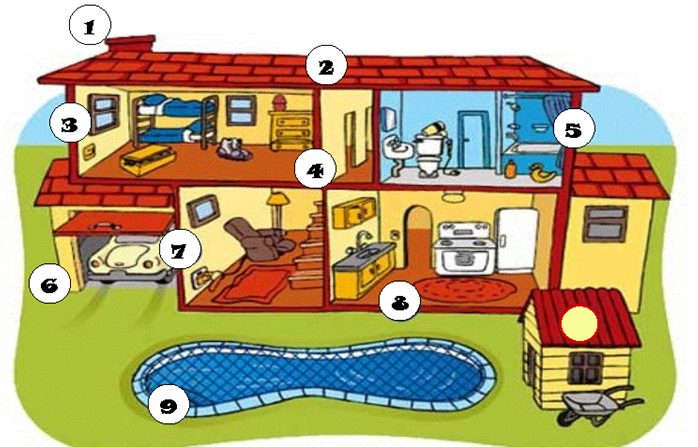Het arrangement 1KBL/TL Unit 4 : My Town is gemaakt met Wikiwijs van Kennisnet. Wikiwijs is hét onderwijsplatform waar je leermiddelen zoekt, maakt en deelt.
- Auteur
- Laatst gewijzigd
- 01-03-2021 13:48:45
- Licentie
-
Dit lesmateriaal is gepubliceerd onder de Creative Commons Naamsvermelding 3.0 Nederlands licentie. Dit houdt in dat je onder de voorwaarde van naamsvermelding vrij bent om:
- het werk te delen - te kopiëren, te verspreiden en door te geven via elk medium of bestandsformaat
- het werk te bewerken - te remixen, te veranderen en afgeleide werken te maken
- voor alle doeleinden, inclusief commerciële doeleinden.
Meer informatie over de CC Naamsvermelding 3.0 Nederland licentie.
Aanvullende informatie over dit lesmateriaal
Van dit lesmateriaal is de volgende aanvullende informatie beschikbaar:
- Leerniveau
- VMBO kaderberoepsgerichte leerweg, 1;
- Leerinhoud en doelen
- Engels; Dagelijks leven; Gesprekken voeren; Lezen om informatie op te doen; Informele gesprekken; Informatie uitwisselen; Schrijven; Vrij schrijven (Engels);
- Eindgebruiker
- leerling/student
- Moeilijkheidsgraad
- gemiddeld
- Studiebelasting
- 5 uur 0 minuten
Bronnen
| Bron | Type |
|---|---|
|
House tour video https://www.youtube.com/watch?v=Cyh9CNI0AGY |
Video |
|
Grocery shopping https://youtu.be/u55rQUs_6XQ |
Video |

 At the end of the week, you can....
At the end of the week, you can....


 Hello! My name is Peter and this is my house.My house is quite big. It has got two floors - a ground floor and a first floor. It has also got an attic and a basement. On the ground floor, there is the hall, the kitchen, a pantry, the living room, a big dining room and a toilet. On the first floor, there are three bedrooms, one bathroom, and a big corridor. My bedroom is between my parents’ bedroom and the bathroom. My sister’s bedroom is in front of mine.
Hello! My name is Peter and this is my house.My house is quite big. It has got two floors - a ground floor and a first floor. It has also got an attic and a basement. On the ground floor, there is the hall, the kitchen, a pantry, the living room, a big dining room and a toilet. On the first floor, there are three bedrooms, one bathroom, and a big corridor. My bedroom is between my parents’ bedroom and the bathroom. My sister’s bedroom is in front of mine. is very spacious and there is a big sofa there where I sometimes take a nap. In the basement is where we keep the washing machine, the drying machine and old stuff. At the back of the house, there is also the garage, where my parents park the family car, and a lovely garden, with many green spaces, flowers, two swings, and a small swimming pool.
is very spacious and there is a big sofa there where I sometimes take a nap. In the basement is where we keep the washing machine, the drying machine and old stuff. At the back of the house, there is also the garage, where my parents park the family car, and a lovely garden, with many green spaces, flowers, two swings, and a small swimming pool.
 1 : The cat is ____ the box.
1 : The cat is ____ the box.









 Aisha, 32
Aisha, 32
 Rosa, 24
Rosa, 24 Peter, 68
Peter, 68





 Wanneer gebruik je this, these, that of those?
Wanneer gebruik je this, these, that of those?









 or a canal, which was important for transport in the past before the railways were built. There are a lot of enormous buildings near the water. They were built in the 19th century. They must be industrial places to store things for import or export.
or a canal, which was important for transport in the past before the railways were built. There are a lot of enormous buildings near the water. They were built in the 19th century. They must be industrial places to store things for import or export.
















